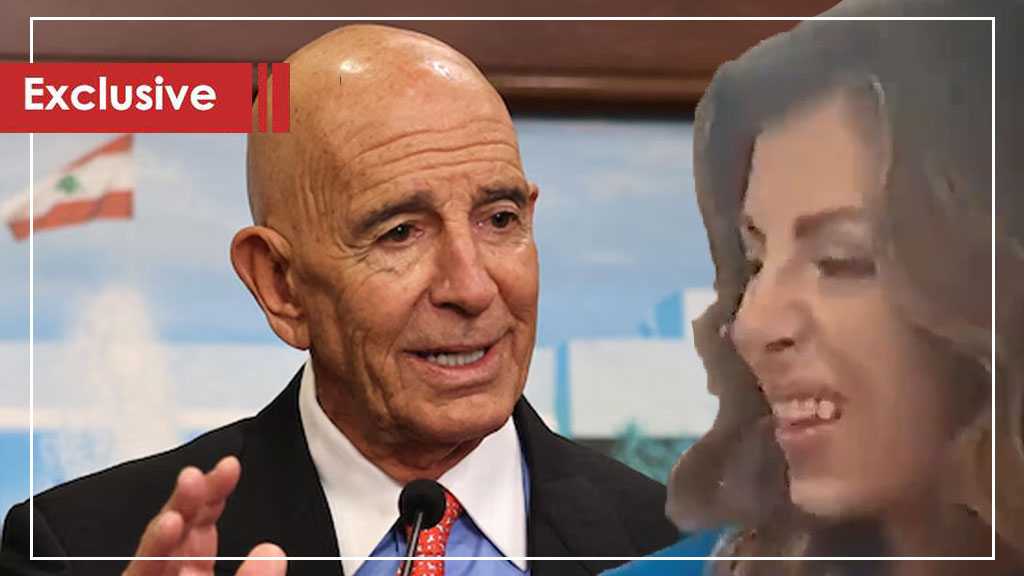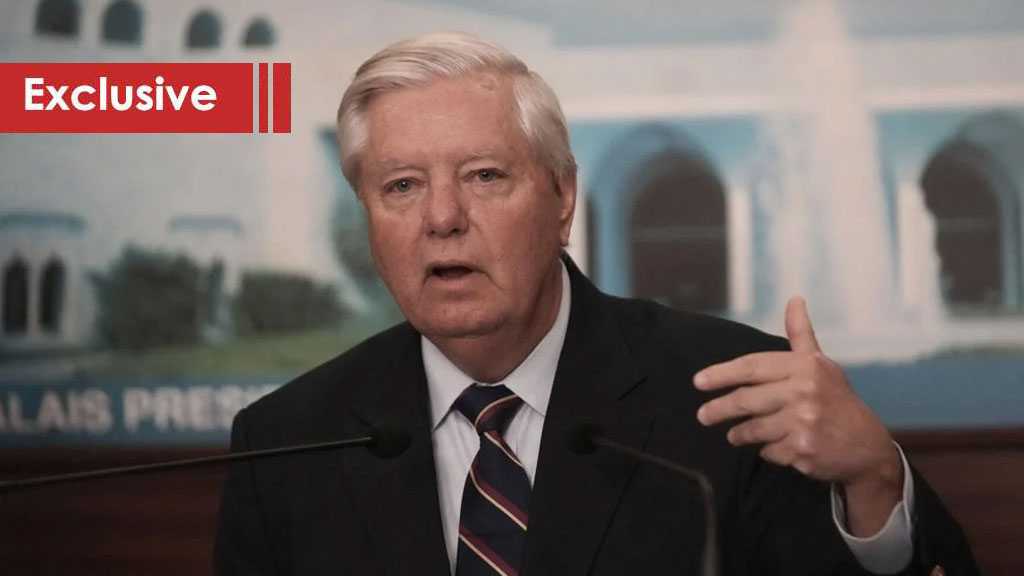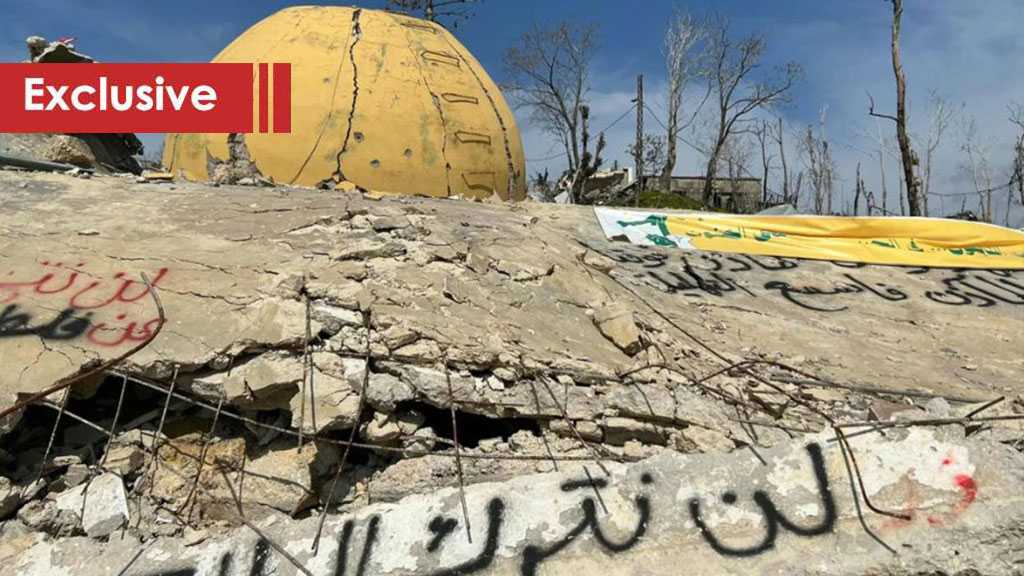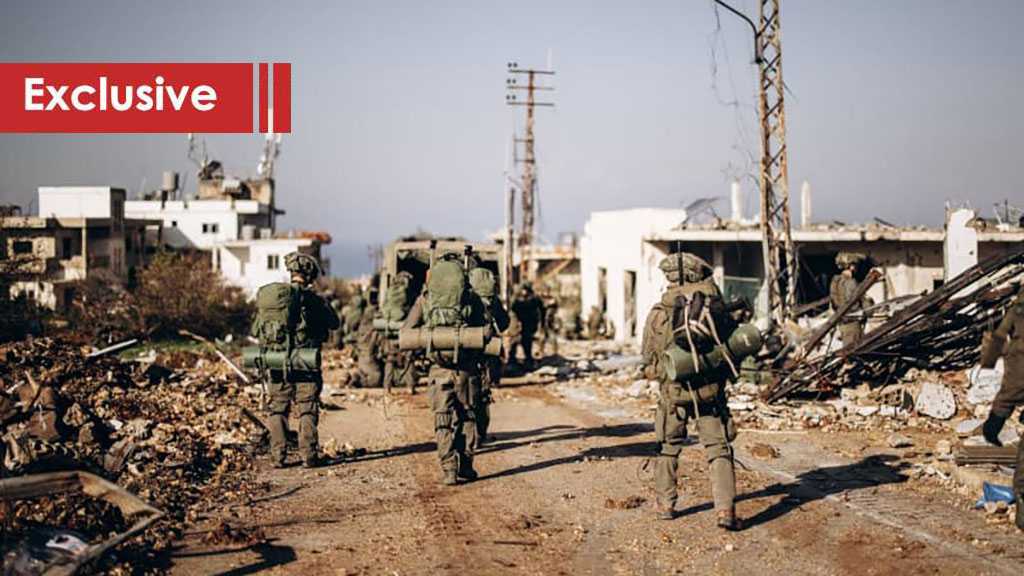
From Resistance to Capitulation: Syria’s Tragic Transformation
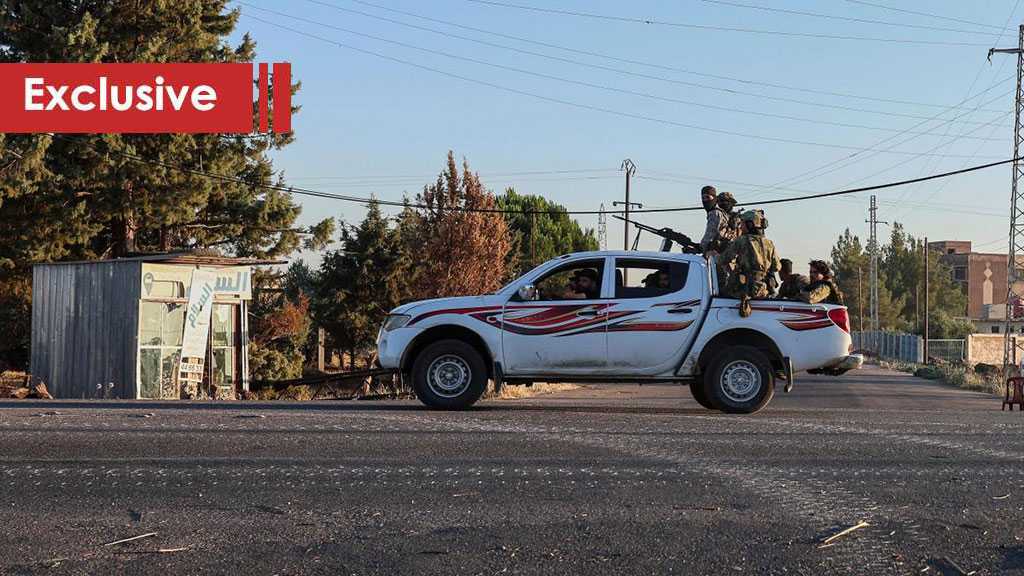
By Mohamad Hammoud
Lebanon – For decades, Syria served as the last bastion of Resistance in the Arab world. The country resisted normalization with “Israel,” defied US pressure, and functioned as a crucial link in the Axis of Resistance that connected Iran, Hezbollah, and Palestinian armed factions. In a region where Arab regimes traded Palestinian liberation for US military aid and Gulf investments, Syria remained a thorn in the side of Western powers and Zionist planners.
But that Syria is gone.
A Decade of War—And a War of Intent
The war that began in 2011 under the slogans of democracy and human rights soon revealed its true nature. Far from a spontaneous uprising, it became a calculated effort to break Syria’s role as the logistical, ideological, and geographic bridge between Tehran and the front lines in Gaza and southern Lebanon.
Western powers, backed by their Gulf allies, poured billions into proxy forces and sanctions, not to protect civilians, but to sever Syria from the Resistance Axis. The ultimate goal was clear: cut off Hezbollah’s supply lines, isolate Iran, and reshape the regional balance in favor of “Israel.”
Had Bashar al-Assad capitulated early—by abandoning Iran and Palestinian factions—the war might have ended swiftly. Like Egypt’s Sisi or Saudi Arabia’s MBS, he could have been welcomed back into the Western fold as a “secular bulwark” against extremism. But Assad refused. He chose Resistance over recognition, and Syria paid the price in blood, rubble, and isolation.
The Fall of Assad and the Rise of Julani
Now, after more than a decade of war, Assad is gone. In his place stands Ahmed Al-Sharaa, better known as Abu Muhammad Al-Julani—the former commander of Jabhat Al-Nusra, Syria’s Al-Qaeda affiliate. Once the target of a $10 million US bounty, Jolani has undergone a public relations transformation. He now wears Western suits, grants interviews to US journalists, and is praised as a stabilizing figure. Gulf envoys greet him warmly. Sanctions are easing. Investment is flowing.
Syria, once besieged and bombed, is being welcomed back into the so-called “international community”—under the leadership of a man who once vowed to capture Jerusalem, and now negotiates with those who occupy it.
Resistance Traded for Power
President Jolani, once the face of armed jihad, now resembles so many other Arab rulers who oppose the Resistance and submit to “Israel” and the West. He has quietly opened backchannels with “Israel.” Reports suggest negotiations are already underway—possibly mediated by France, Jordan or Gulf states. Even the long-standing issue of the occupied Golan Heights has faded from public discourse, replaced by talk of joint security coordination and economic rehabilitation.
This isn’t peace. It’s betrayal—sold as pragmatism.
Massacres with a Western Blessing
Jolani’s rise hasn’t ended the bloodshed—it has only redirected it. The new Syrian regime is now accused of targeting minority populations: Alawites, Druze and others who once supported state unity. In rural Latakia and Suweyda, reports of extrajudicial killings, forced displacement and brutal repression have increased. These crackdowns are often disguised under euphemisms like “security restructuring” and “anti-militia operations.”
Yet the same Western capitals that once condemned Assad’s human rights abuses now look the other way. Why? Because this time, the violence serves their agenda.
The Druze Dilemma and “Israel’s” Quiet Hand
Nowhere is this hypocrisy more apparent than in Suweyda, where Druze militias have clashed with regime forces over local autonomy, economic neglect, and rising repression. In response, “Israel” has carried out airstrikes inside Syria, claiming to protect the Druze community. But this intervention has little to do with compassion.
“Israel’s” interest in the Druze is strategic. By portraying itself as their protector, it hopes to lure them away from the Resistance and create a buffer zone near the occupied Golan. The Druze are not being rescued—they are being used, just like the Palestinians in Gaza are ignored. Human rights are never the real concern. When Gaza burned, the world watched in silence.
The “Bilad al-Sham” Slip: Lebanon Under Threat
Perhaps the most revealing sign of the West’s embrace of Syria’s new regime came during a speech by Tom Barrack, the American envoy tasked with overseeing Syria’s reconstruction and normalization. At a policy roundtable in Riyadh, Barrack referred to Syria, Lebanon, Jordan, and parts of Iraq as a “reintegrating Bilad al-Sham”—a not-so-subtle signal of Western support for Syrian expansion under Jolani’s leadership.
Though Barrack retracted his statement on X [formerly Twitter], calling it a “mischaracterization,” the damage was done. His words made one thing clear: Syria will no longer be punished for mass killings or regional ambitions—so long as those ambitions serve American and “Israeli” interests.
Conclusion: A Nation Rewritten
Syria’s story is not one of redemption. It is a cautionary tale of how Resistance is punished and submission rewarded. A once-defiant nation has been broken, reshaped, and repackaged for Western consumption. The cost has been unbearable. The lesson was devastating.
The man who once dreamed of reaching Jerusalem now serves the agenda of those who occupy it. The same regime that was once labeled “terrorist” is now embraced—because it is useful.
Those who resist are isolated, sanctioned or destroyed. Those who capitulate are celebrated.
And the people? They bleed either way.
